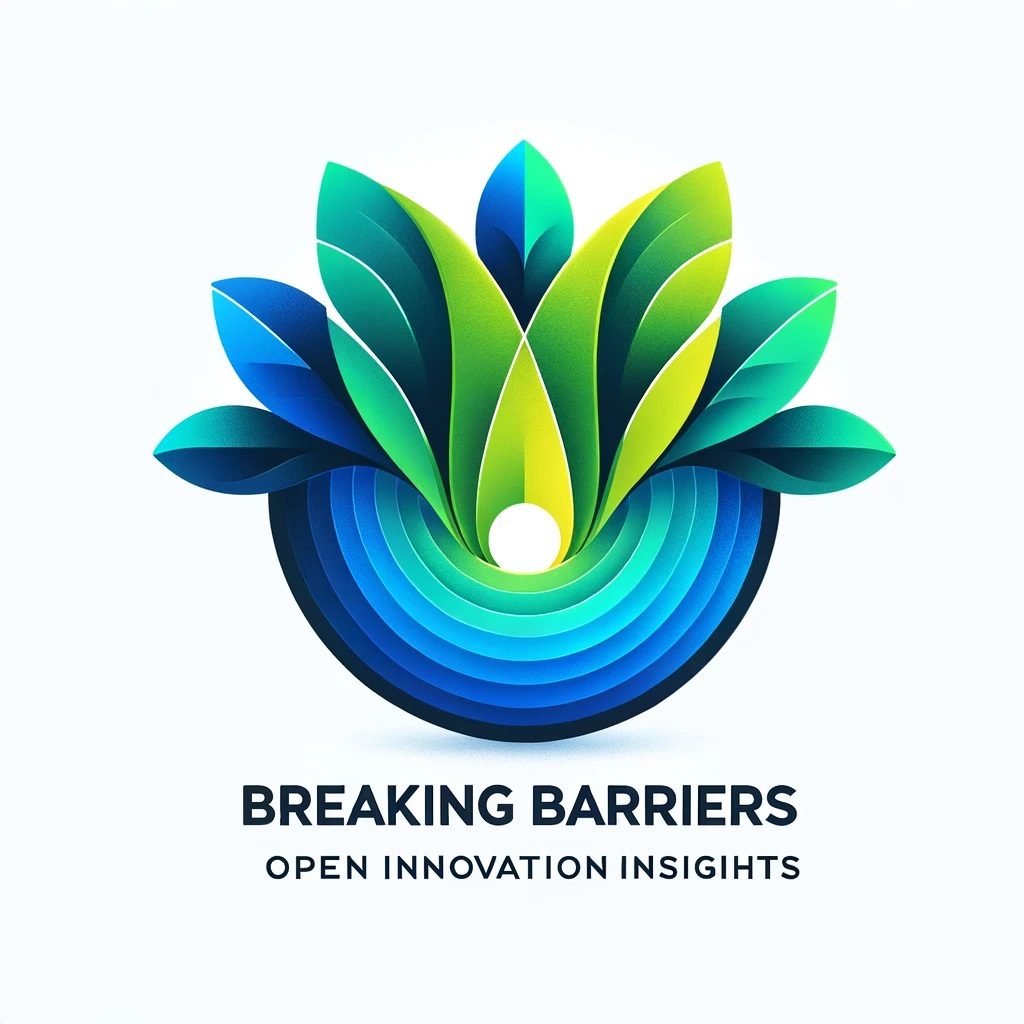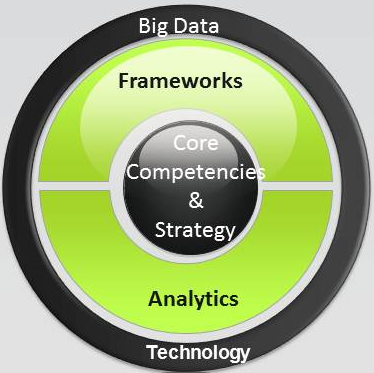Any attempt to derive value from Big Data need to start with the understanding of problem that you want to solve and within the perimeter of strategic direction for achieving competitive advantage. There are multitude of rich internal and external sources of data available to any organization but without clear goal and problem definition this data may not create any value. But even after clear problem statement and goals not every outcome from big data will lead to meaningful information. You may still end up with outcomes like “Men have more chances of prostate cancer” or ‘Women have more chances of breast cancer” but within the context of right questions, known outcomes, knowledge base, and clear problem statement, outcomes like these can be ignored before valuable resources are deployed on something meaningless. However, in the process you may uncover something that may end up providing more meaningful information. Good example that has been quoted many times is – men usually buy beer when they are shopping for baby diapers. This finding was purely accidental but helped retail stores in increasing sales on beer by displaying beer near diapers.
Instead of outright looking for something in data we may want to first ask ourselves –
- What do we already know, without getting into reinventing the wheel?
- What data we already own?
- What are the major problems we are facing?
- Where and how organization wants to grow strategically?
- What we are not getting from data we own today and why?
- How come our competitors are able to make better decisions and always seem to get ahead of in achieving everything before we do?
Questions can be as simple as “We need to locate regions, races, etc. with highest level of MS patients” or something like “In what circumstances majority of cancers at various stages are diagnosed”, or “We have this decision support system, how can big data help in making it more accurate” or “How many patients by hospital each year are getting sepsis within a week after surgery”? Can we make WebMD more intelligent or help people with better and more accurate self-diagnosis that is at par with doctor’s diagnosis? You should begin by asking these type of questions before looking for value from big data. Define your problems first in alignment with strategic goals of your organization, and then attempt to find solutions with big data as one of the assets. Otherwise it’s going to be another chicken and egg problem between required data collection/sources and perceived value that can be driven out of it.
Your steps should include –
- Understand what value you are already getting from what you already have or have access to through partnerships – i.e. familiarize yourself with your capabilities, your available data assets, & core competencies
- Define problems in alignment with the strategic direction your organization wants to go for competitive advantage and what will it take to get there
- Align your big data strategy with the problems you identified in step 2. Then go ahead with the plan beginning with organizing assets you own (including digital assets) or procuring new if you don’t own to meet the goals you established in step 2
Like anything else, in absence of well thought out approach, planning, and strategically driven use cases big data may turn out to be another hype.


